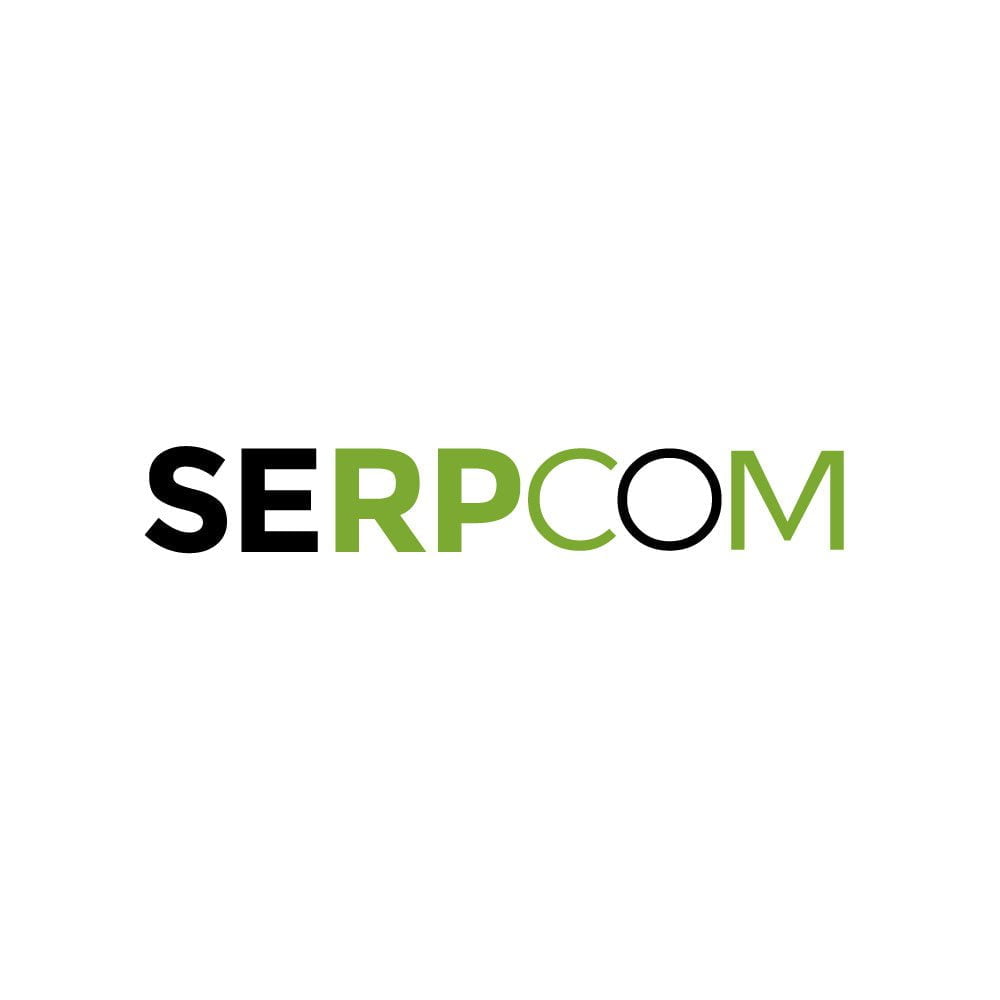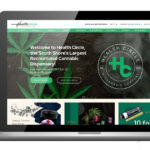2020 to-date has been defined by a reality of volatility. This year has been a rollercoaster to say the least. However, amidst the volatility in the economy as a whole, we’re noticing the dust settle in many ways.
And what we can count on for the latter half of 2020, isn’t a return to normal, but a reliable change to what normal is. whether that be a shift from office work to WFH; a shift from indoor seating to outdoor seating; or a shift from brick & mortar retail to online retail. As digital marketers, we’re embracing this change and bringing our clients with us to thrive in this new environment of increased consumption of digital content and product.
We’ve developed a list of 5 key shifts in Paid Media best practices we’ve adopted in the strategies we implement across the brands we work with.
Trend #1: YouTube Engagement & Reliance on Video Marketing
Best Practice #1: Utilize YouTube Advertising to Gain Market Share
The mandated quarantine has led to a fundamental shift in consumer behavior, increasing consumption of digital media dramatically. Simply put, more people are spending more time in front of screens. Speaking specifically to video consumption, YouTube saw a tremendous lift in usership and engagement in Q2, it’s index score on Google Trends reaching 100/100, indicating that YouTube is being used more now than ever before in the history of its existence.
At the peak of quarantine in April, our clients saw a 390% lift in Conversions since the Covid-19 outbreak as well as a 25% lift in Conversion Rate Not only are users converting at a higher clip, but somewhat surprisingly we are achieving that success at a lower cost with our Average CPCs down 31% and Average CPVs down 25% respectively. Lastly, we also saw far more engagement from YouTube users with traffic stemming from YouTube up 383% and Ad Engagement (CTR) up 100%.
These engagement rates have stayed positive through more recent months, giving glimpse into a lasting trend throughout the remainder of 2020 and beyond.
In addition, awareness & brand-building channels such as YouTube will be depended on more heavily by brands that are positioning themselves to beat economic setbacks posed by Covid. Deloitte states in a recent study that “Consumers will be more value-conscious, avoiding discretionary spending. Thus, brands will obtain growth through market share gains rather than by simply latching onto a growing market.”
Trend #2: Spikes in Online Shopping
Best Practice #2: Invest Into Search as Others Pull Out of the Ad Auction
Google’s “online shopping” category spiked in April 2020 while nearly all states were sent into quarantine. Shopping remained high in Q2, revenue driven by brands topping peak holiday weeks in 2019. Throughout Q2, large ecommerce brands saw revenue increase of over 100% year over year, with the largest increases coming from categories like hair care, at home fitness, home goods, outdoor recreation. Search and Shopping CPCs decreased as retail stores and brands hit hard by Covid stopped advertising on Google Shopping in April & May, declining by around 13%. ROAS also trended up with interest into April, averaging 30% increases when comparing Q2 to Q1. As things begin to slow further and settle into Q3, shopping interest remains strong resulting in continued strong performance across ecommerce brands that are positioned well to continue spending. The increased demand and less-competitive ad auctions are indicators that this Q4 and holiday season will be less-competitive, making now the time to take advantage and invest more into ad budgets.
Trend #3: More Available Search Impressions
Best Practice #3: Apply Smart Goals to Filter Traffic More Effectively
Looking at our portfolio of 150 businesses across B2B and B2C verticals, consumers looking for products and services online have increased by over 200% YoY when comparing March – July 2020 to the same time frame in 2019. As a brand investing money into Paid Search, this increase in search activity comes as a double-edged sword. We encourage brands to capitalize on the more abundant marketplace, but the approach needs to be smartly calculated so ad spend isn’t wasted. Enter Google’s machine learning! Google has invested heavily into their automation technology. One product being Smart Goals, which use machine learning to examine dozens of signals about your website sessions to determine which of those are most likely to result in conversions. That data is then fed back into your account’s bidding algorithm’s learnings to proactively improve the quality of traffic it’s sending to your site. The success we’ve seen with Smart Goal application is exceptional.
We’ve put Smart Goals to practice across several brands within our portfolio, one of which being a brand in the CPG space which experienced a 12% increase in CTR and more notably a 30% increase in account ROI as a result of running Smart Goals. We’ve seen similar results across the board. Utilizing smart goals to better qualify traffic is crucial in 2020 as overall online usership and digital media consumption is higher than ever. Ultimately, smart goals can help to optimize your Google Ads performance to spend budget more efficiently and help scale quicker.
Trend #4: Positive Responses to More Relevant Advertising Experiences
Best Practice #4: Widen Reach oh Purchase-Ready Consumers through Custom Intent Audiences
Sending traffic through NonBrand Search can be expensive, especially in industries that pay high premiums in the ad auction (Legal, Technology & Insurance to name a few). “Custom Audiences” provide an alternative method to targeting consumers who have a high probability of being in the market for your product or service.
Custom Intent, one form of custom audiences, targets consumers based on the searches they’ve recently performed on Google Search. We’ve found that targeting these consumers with videos for brands that cater to the needs of those searchers lead to higher levels of ad engagement and ultimately website conversion.
Custom Affinity, the other form of custom intent audiences, creates lists of consumers to target based on the websites they’ve recently visited, including a brand’s competitors’ websites. Targeting these consumers with display ads across the Google Display Network allows for cheaper prospecting of high-intent traffic than Competitor Paid Search campaigns through traffic for cents on the dollar.
In an environment where budgets are tight for many advertisers, efficiency is key and these two alternatives (or compliments) to Paid Search are great avenues to explore in the latter half of 2020 to gain more market share quicker than your competitors.
Trend #5: More Purchase-Ready Consumers
Best Practice #5: Deploy a Shopping-First Paid Search Strategy for E-Commerce
Rather than paying a premium to drive traffic through Non-Brand Search Ads, savvy advertisers are investing more into information-rich Shopping ads to capitalize on higher levels of purchase intent. Here are some times and justifications for running a Shopping-First Search Prospecting strategy:
- Leverage Shopping as a primary prospecting tool for greater reach, lower costs and higher customer intent.
- Create campaigns based on your business objectives (maximize conversion value) by setting a target Return on Ad Spend.
- Lean into machine learning to optimize towards user intent signals, improving overall account performance.
- Reserve Search Ads for converting previous site visitors or returning customers.
Advertisers who follow these guidelines are seeing dividends pay off in their account returns. A brand we partner with in the CPG space realized a 46% increase in account ROI (335% ROAS to 490% ROAS) while simultaneously scaling Monthly Revenue by 330% over the course of 2019 and into 2020 by implementing a Shopping-First strategy.
Conclusion
We hope you take these learnings to help plan your entrance into the latter half of 2020. Holiday planning starts now, and the above insights will help you thrive instead of survive this holiday season. If interested in exploring any of the above topics further, we’d love to connect you with the experts that pulled them! Feel free to drop us a line.
The post 5 PPC Strategies That Will Help Your Brand Thrive Through the Rest of 2020 appeared first on Power Digital Marketing.
Article From: "Power Digital" Read full article
 SERPCOM is a full-service Boston digital marketing agency focused on improving online visibility, increasing traffic, raising revenue and providing SEO services.
SERPCOM is a full-service Boston digital marketing agency focused on improving online visibility, increasing traffic, raising revenue and providing SEO services.
SEO-first: A fundamentally better approach to online marketing.
Digital Marketing | SEO | Web Design & Development | Search Engine Marketing

SERPCOM is a full-service Boston digital marketing agency focused on improving online visibility, increasing traffic, raising revenue and providing SEO services. SEO-first: A fundamentally better approach to online marketing.
Digital Marketing | SEO | Web Design & Development | Search Engine Marketing
SERPCOM is a full-service Boston marketing agency focused on improving online visibility, increasing traffic, raising revenue and providing SEO services for leading brands.
Maximize the value of your website and turbo charge your online marketing efforts with SERPCOM. Call or click the button and start making the web work for you.
Just click on the Phone Number to dial on your phone:




